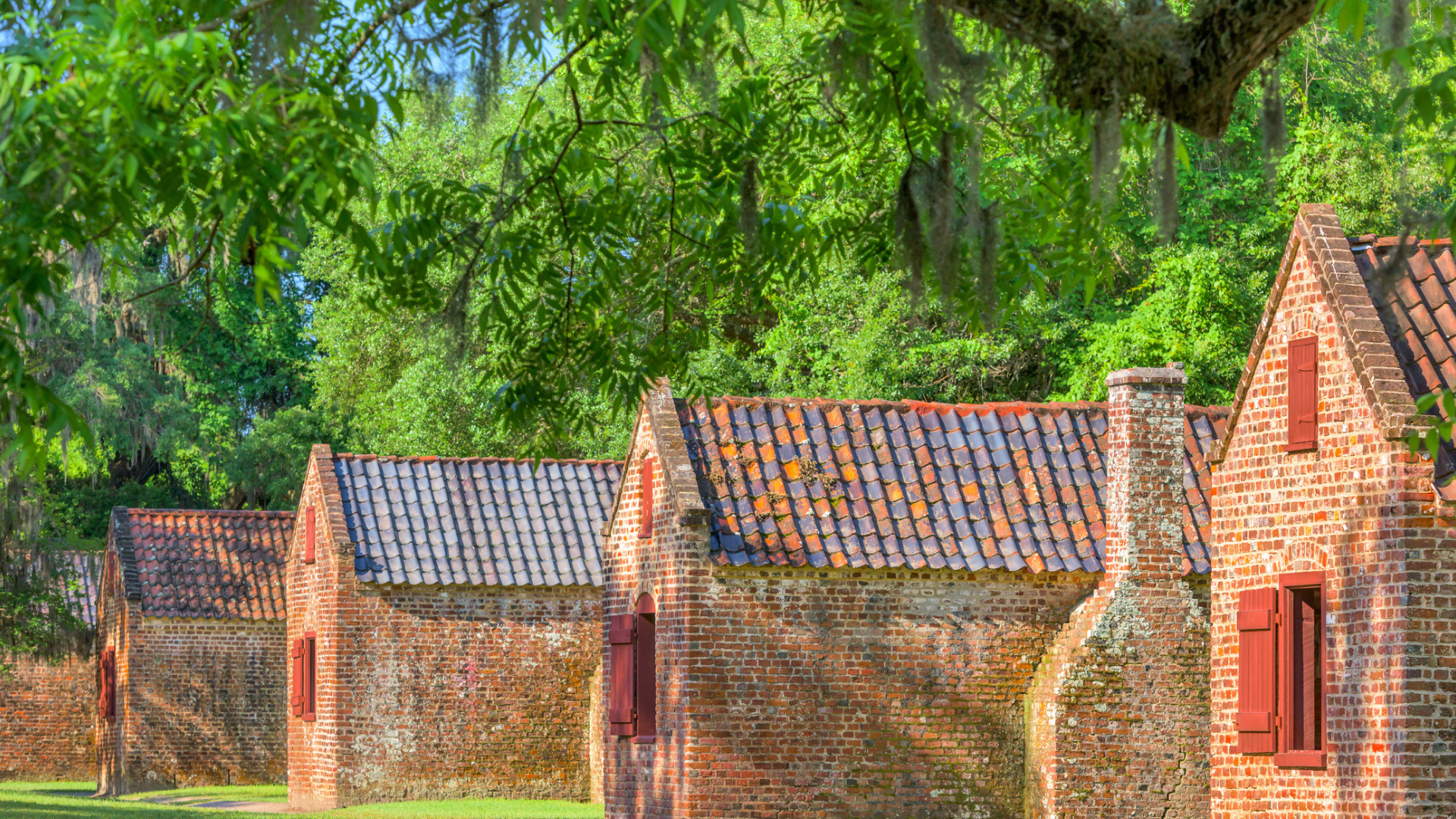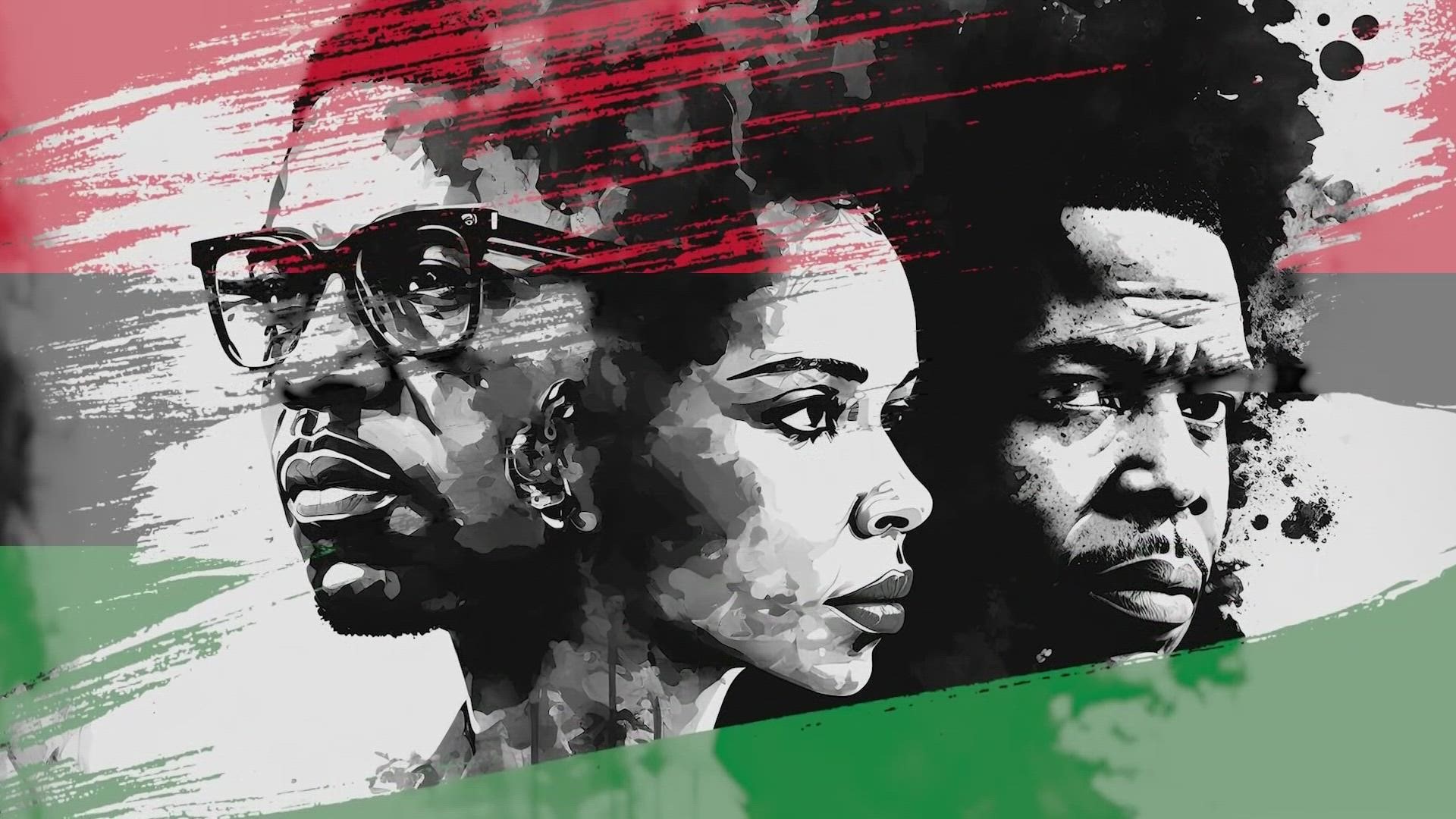TAMPA, Fla. — Every February for the last 95 years, the United States has celebrated Black history.
The celebration began in 1926 when Harvard-trained historian Carter G. Woodson created “Negro History Week.”
Woodson’s goal was to bring awareness to the positive contributions many African Americans made to the country. He encouraged African Americans to be proud of their heritage and hoped that other Americans would understand the culture.
By 1976, “Negro History Week” was extended into one month. President Gerald Ford recognized Black History Month and asked the public to “seize the opportunity to honor the too-often neglected accomplishments of Black Americans in every area of endeavor throughout our history."
As another Black History Month comes to a close, people can continue to learn about the history and accomplishments of African Americans. The Association of African American Museums and the Florida African American Heritage Preservation Network keeps a running list of archives, cultural centers, galleries, historical societies, libraries, and museums throughout the United States devoted to African American culture and history.
Visit Florida, the state’s tourism website compiled a list of African American museums located in north, central and south Florida.
The following is a short list of museums located around Tampa Bay and its surrounding areas, focused solely on African American culture.
Bradenton
Family Heritage House Museum – An African American Gallery and Resource Center
The museum was founded in 1990 and serves as a resource center where the community can learn about African American heritage and culture. The Family Heritage House maintains a collection of artifacts, literature, and other resources, recounting the history and achievements of African Americans.
Ellenton
The state park is home to the only surviving plantation house in South Florida. On the property is an antebellum mansion that was home to Major Robert Gamble and the headquarters of a sugar plantation.
The mansion includes a wall that lists the names of slaves who worked on the sugar plantation. (Click here to learn more.)
St. Petersburg
The museum draws attention to African Americans who played an important role in the growth and development of St. Petersburg dating back to the late 1800s.


Tampa
The Best-Richardson African Diaspora Literature & Culture Museum is a nonprofit independent, veteran, and woman-owned entity. The museum includes a bookstore and gift shop.
The museum has a collection of educational artifacts and information on African Diaspora literary and cultural history.
Within the lobby of the Robert W. Saunders Library guests will see exhibits, displays on the Civil Rights movement and the NAACP.
The library includes a hallway dedicated to the History of Central Avenue, which features interactive touch panels, with both audio and visual elements.


Bartow
The L.B. Brown House was designed and constructed in 1892 by a self-taught master carpenter, Lawrence Bernard Brown.
Brown was born into slavery in 1856 and had limited formal education. Brown became one of Polk County's most successful businessmen and community leaders.
In 1998, Brown was named "A Great Floridian" by the Florida Department of State. His house is listed on the National Register of Historic Places.


- Tiger Woods expresses gratitude, recovering after car crash in Los Angeles
- Tampa teen accused of hacking into celebrity Twitter accounts to make court appearance
- You can register for a COVID-19 vaccine appointment at CVS
- Some moms are passing COVID-19 antibodies to their newborn babies
- St. Petersburg to rename library in honor of former President Barack Obama
►Breaking news and weather alerts: Get the free 10 Tampa Bay app
►Stay In the Know! Sign up now for the Brightside Blend Newsletter



